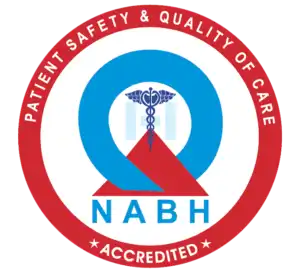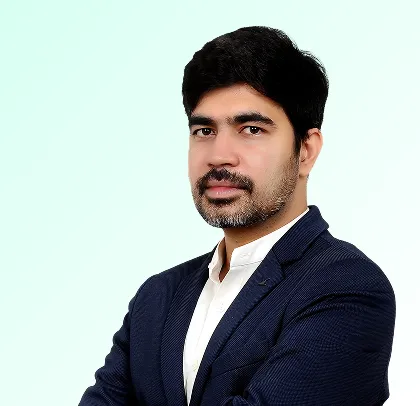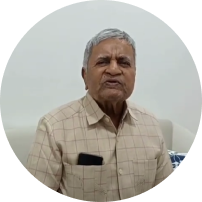Cervical Spondylosis Treatment and Doctors in Bangalore
At Epione Pain Management, we specialize in providing world-class cervical spondylosis treatment in Bangalore. Our doctors and medical professionals are highly skilled in offering non-surgical and surgical cervical spondylosis treatments. If you’re experiencing chronic neck pain, stiffness, or discomfort, our specialists are here to help.

Best Hospital in Bangalore for all Cervical Spondylosis Pain Conditions
Cervical spondylosis involves the degeneration of the cervical spine, leading to various conditions such as:

Dehydrated Disc
The spinal discs lose moisture over time, causing them to shrink and reduce neck mobility.

Herniated Disc
A disc in the neck bulges out of place, potentially pressing on nerves.

Bone Spurs
Excess bone growth can narrow spaces for the nerves, leading to discomfort and pain.

Facet Joint Dysfunction
Wear and tear in the spine’s joints leads to inflammation, restricted movement, and persistent neck pain.
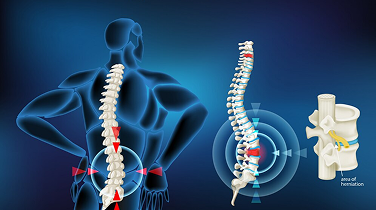
Degeneration of Intervertebral Discs
The discs lose flexibility and shock-absorbing abilities, leading to pain.

Trauma
Accidents or injuries can accelerate cervical spondylosis and worsen symptoms.

Cervical Headache
A dull, aching pain originating from the neck, often radiating to the head, worsened by neck movement.

Occipital Headache
Sharp or throbbing pain at the base of the skull, often caused by nerve irritation or muscle tension.

Fibromyalgia
A chronic condition causing widespread muscle pain, fatigue, and tenderness, often linked to heightened pain sensitivity.

Myofascial Pain
Localized muscle pain caused by tight trigger points, leading to stiffness, discomfort, and referred pain in surrounding areas.
When to See a Doctor for Cervical Spondylosis
If you experience any of the following symptoms, it’s time to consult with a cervical spondylosis doctor in Bangalore:
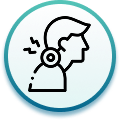
Persistent neck pain that does not improve with rest or home remedies.

Numbness or tingling in your arms, fingers, or hands.

Weakness in the arms or hands, affecting daily activities.
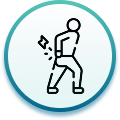
Difficulty walking or balancing, often indicating nerve involvement.

Severe neck pain after a fall or injury.

Shooting pain radiating down the arm, signaling nerve compression.

Loss of coordination can be a sign of spinal cord involvement.

Pain that disrupts daily activities or sleep.
Diagnosis of Cervical Spondylosis
The best doctor for cervical pain will use several diagnostic methods to evaluate the condition:

Physical examination
Our doctors will check neck movement, posture, and reflexes to identify any limitations or abnormal symptoms caused by cervical spondylosis.

Neurological Examination:
This test involves assessing sensation, muscle strength, and coordination to detect nerve damage or compression in the neck region.

X-rays
X-rays of the neck can show changes in bone structure, like bone spurs or disc narrowing, that indicate cervical spondylosis.

Magnetic Resonance Imaging (MRI)
MRI provides detailed images of soft tissues, such as discs and nerves, helping to spot herniations or nerve root compression.

Computed Tomography (CT) Scan
CT scans offer a clearer image of bones than X-rays, useful in detecting fractures or other bone-related issues.

Electromyography (EMG)
EMG measures electrical activity in muscles, helping doctors identify nerve damage or issues caused by cervical spondylosis.

Bone Scintigraphy (Bone Scan)
This test helps to detect inflammation or infections in the bones, which could be related to cervical spondylosis symptoms.
Treatments for Cervical Spondylosis
There are various cervical spondylosis treatments, focusing on pain management and improving functionality:
Medications
-NSAIDs: These anti-inflammatory drugs help reduce pain, swelling, and inflammation, providing relief from discomfort caused by cervical spondylosis.
-Muscle Relaxants: These helps relieve muscle spasms, a common issue in cervical spondylosis, improving neck mobility and comfort.
-Corticosteroids: These are powerful anti-inflammatory medications used for short-term relief of severe pain or swelling in the neck area.
-Antineuropathics: Medications like gabapentin target nerve pain, helping reduce the tingling, burning, or shooting sensations associated with cervical spondylosis.
-Antidepressants: Certain antidepressants can help manage chronic pain by affecting the brain’s pain control mechanisms, especially nerve pain.

Physical Therapy
A tailored physical therapy program focuses on strengthening the neck muscles, improving posture, and increasing flexibility, which can reduce pain and prevent further damage.

Surgery
Surgery is considered when non-surgical methods fail to relieve severe pain or when there’s nerve compression. Common surgeries include spinal fusion or disc replacement.
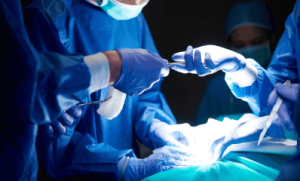
Non Surgical Interventions(Advanced Treatment)
Epidural Injections: A combination of corticosteroids and anesthetics is injected into the epidural space around the spinal cord to reduce inflammation and alleviate pain. This targeted treatment helps relieve nerve compression, improving mobility and overall function.
PRP Therapy: Platelet-rich plasma (PRP) is extracted from the patient’s blood and injected into the affected area. Rich in growth factors, PRP promotes tissue regeneration, reduces inflammation, and enhances healing in the cervical spine, offering long-term pain relief.
Nerve Blocks: A precise injection of anesthetics and anti-inflammatory agents near the affected nerves helps block pain signals from reaching the brain. This treatment provides significant relief from chronic neck pain and can be used diagnostically to identify pain sources.
Radiofrequency Ablation (RFA): A specialized procedure that uses heat generated by radio waves to target and disable pain-transmitting nerves. RFA provides long-lasting relief by disrupting pain signals, making it an effective solution for persistent cervical spondylosis discomfort.

Why Choose Epione Pain Management for Cervical Spondylosis Treatment?

Expert Team:
Our specialized team offers comprehensive cervical spondylosis treatment tailored to your needs.

Advanced Treatments:
At Epione, you will find the best cervical spondylosis doctor in Bangalore, experienced in managing even complex cases.

Customized Treatment Plans:
We are equipped with advanced techniques for non-surgical pain management and recovery.
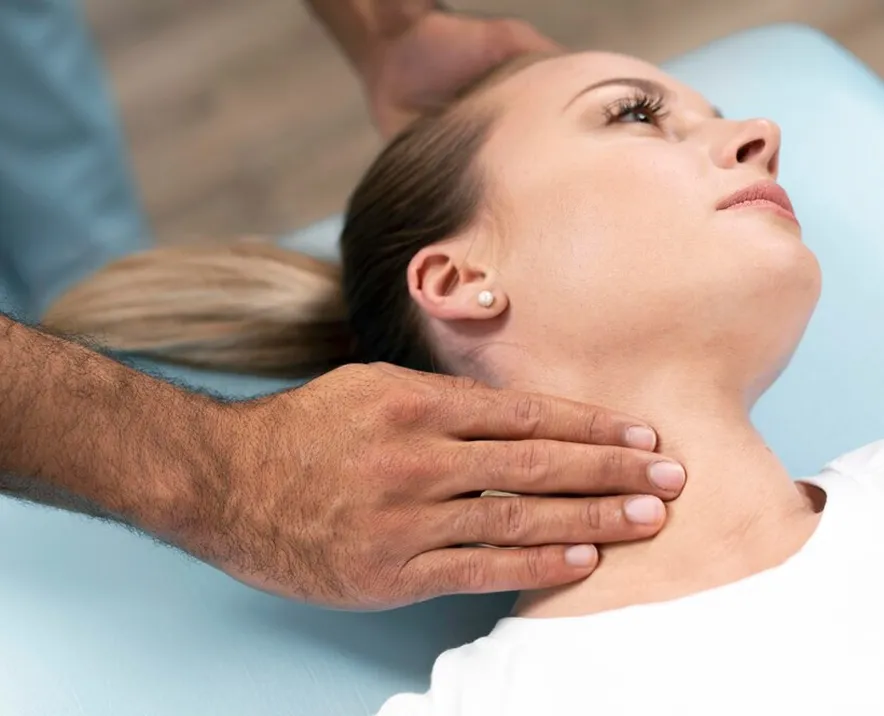
Our Doctors
Reviews
Very good doctor. Suffering from knee pain from last 4 years and didn’t want to get a surgery. They treated my knee pain without surgery with stem cell therapy. I am very happy with the results.
Meghana Reddy

By far the best pain management specialists in town. After consulting several places with no effect, Epione made sure that they treated my mother’s delicate pain condition with patience.
Deepthi K

Frequently Asked Questions
What lifestyle factors contribute to cervical spondylosis?
Poor posture, lack of exercise, smoking, and heavy lifting can increase the risk of cervical spondylosis. Maintaining proper posture and regular exercise can help reduce strain on the neck.
How do I know if my neck pain is serious?
If neck pain persists for several days, and is accompanied by numbness, weakness, or difficulty moving the arms or legs, it’s important to consult a cervical spondylosis doctor in Bangalore to rule out serious conditions.
What happens if cervical spondylosis is left untreated?
Untreated cervical spondylosis can lead to chronic pain, nerve compression, and possibly permanent damage to the spinal cord or nerves, causing mobility issues. Seeking timely cervical spondylosis treatment helps prevent such complications.
What should I expect during my first consultation for cervical spondylosis?
During your first visit, our cervical spondylosis doctor in Bangalore will review your medical history, perform a physical examination, and may recommend diagnostic tests like X-rays or MRI to assess the condition.
Does Epione offer non-surgical treatment for cervical spondylosis?
Yes, Epione provides comprehensive cervical spondylosis treatment that includes non-surgical options such as physical therapy, medications, and nerve blocks to effectively manage pain and improve mobility without surgery.
